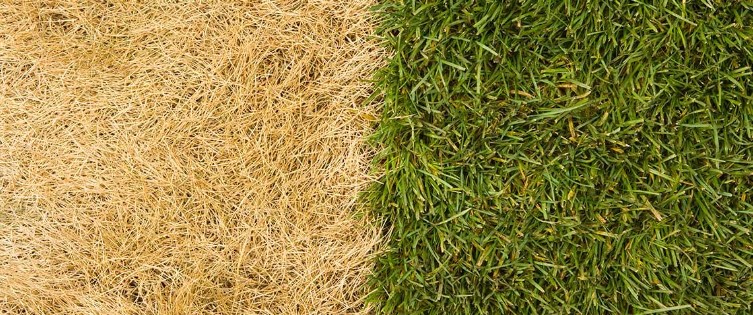
There is nothing more unpleasant for a lawn owner than to see his lawn’s color change from a natural green to a dull yellow. You might have used fertilizers unsuccessfully when in fact the solution lies in a technique called scarifying. To put it simply, over time, your lawn becomes overrun with invaders that move around with the help of the wind. On top of that, you also find the dying grass stays on the surface. All this prevents your lawn from getting the water, nutrients, and sunlight it needs. Products like moss killer can help you when you decide to “clean up” your lawn. The idea is to prepare your lawn to withstand the entire cleaning process. Although it’s a simple procedure, if you don’t do it right, you could damage your lawn.
How do you successfully remove moss from your lawn?
Hand tools are used to remove all dead organic material to make the job easier. However, if your lawn area is small, you can use your hands to clean it up without using tools. Scarifying comprises removing everything that is not part of the lawn. If you use a rake, it is important that the soil is a little moist, but not too moist. You should also make sure that the temperature is no higher than 20 degrees Celsius. If the soil is too wet, the grass could be pulled up by the roots when raking. If the temperature is too hot, the blades of grass may break off. Moss killer will help strengthen your lawn. Just make sure it contains iron sulfate, as this nutrient helps to fortify the cell structure of the grass.
Make sure you get it right
Think of your lawn as your hair after a confetti party. Combing it one way will not remove all the confetti. For scarifying to be successful, you need to repeat it two or three times, in different directions. To do this, try to imagine the shape of a square in your garden. Pass the rake from one side to the other, in a straight line. Then alternate diagonally. The idea is that, just as you would with your hair, “comb” the lawn until you are sure you have removed all the moss. Even if you don’t see it, it doesn’t mean it’s not there anymore on ground level. Remember that the moss that remains on top of the soil prevents water and nutrients from reaching the roots of the grass.
